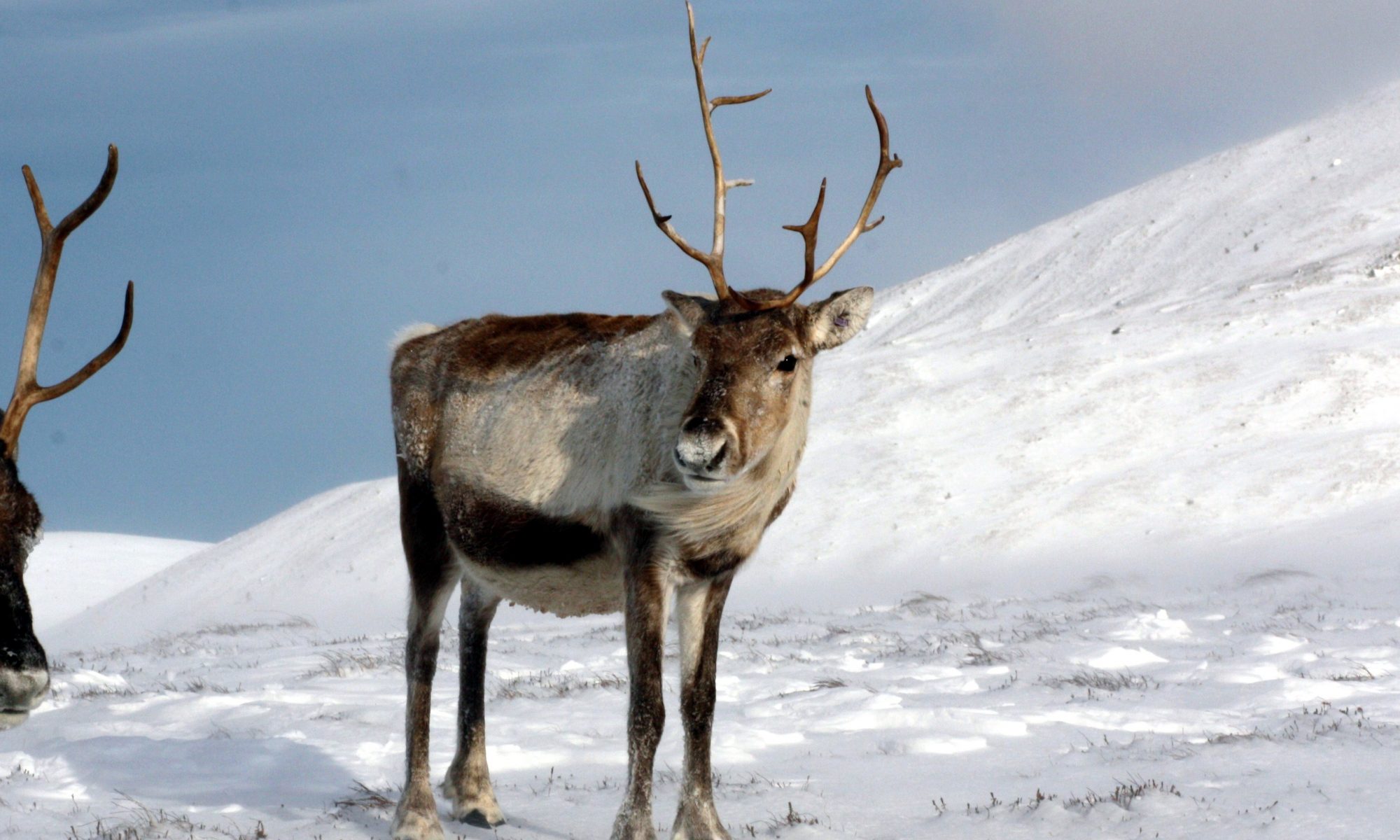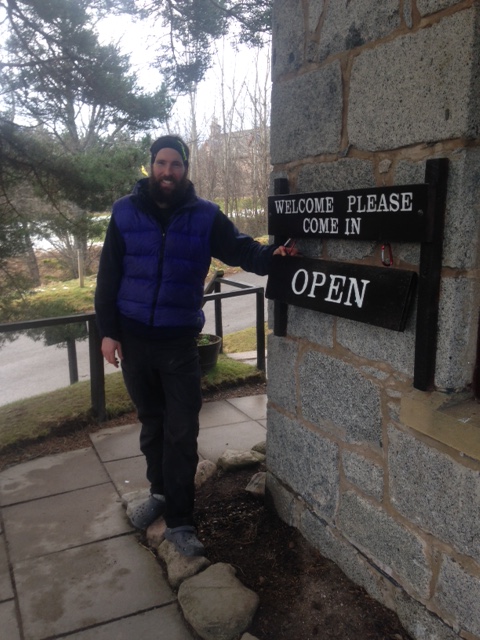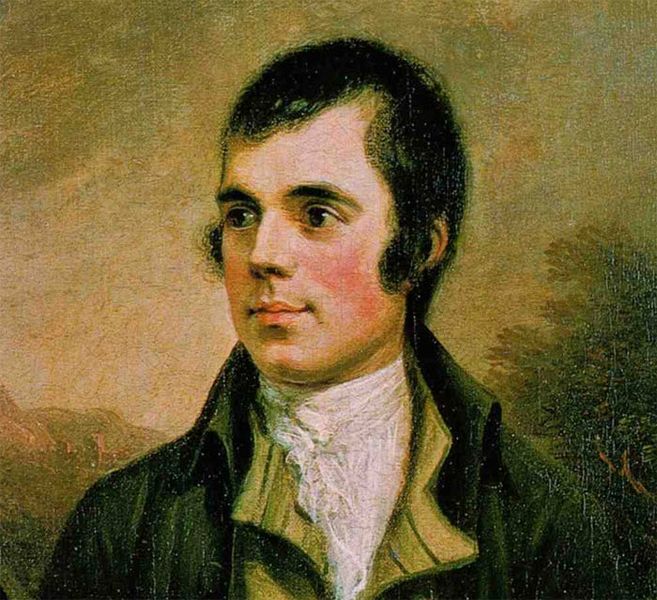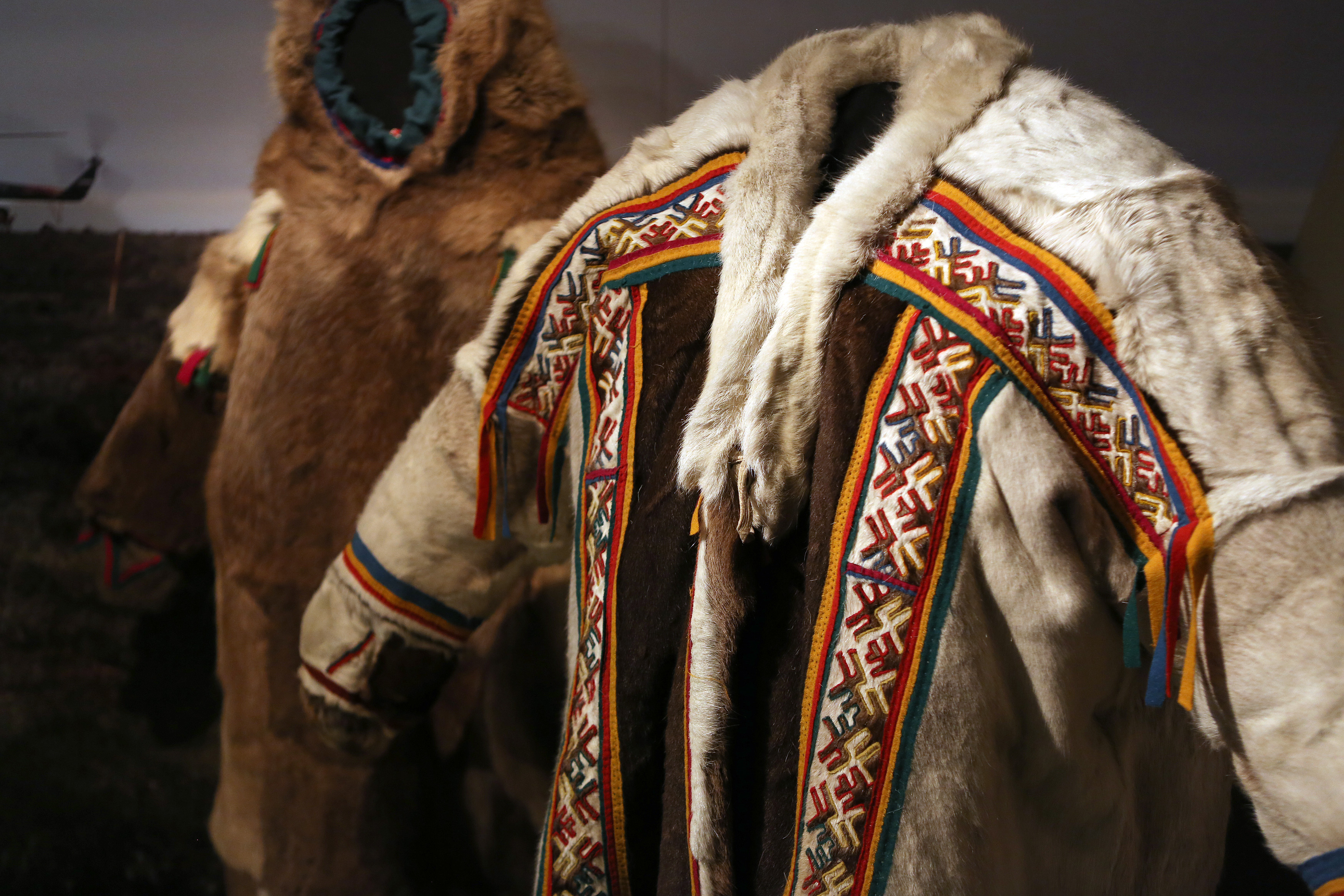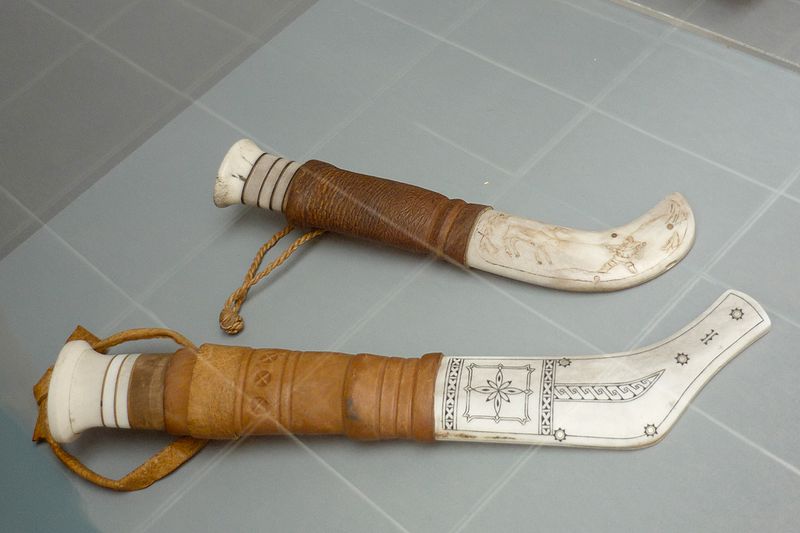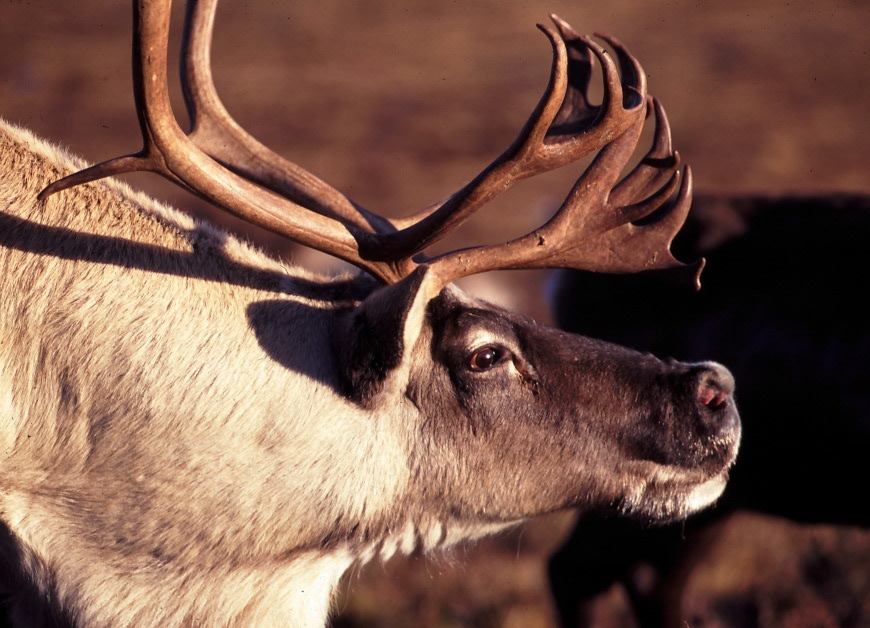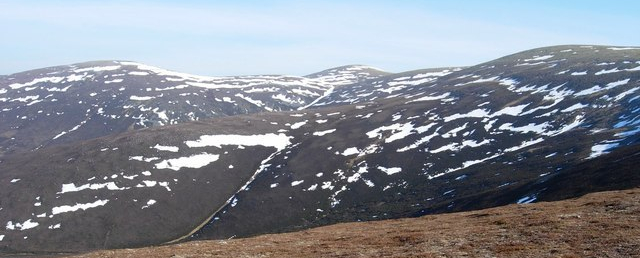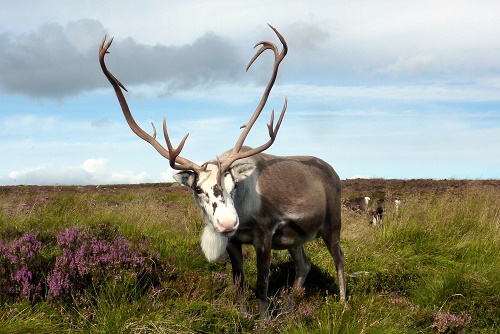I’ve been well aware over the last couple of weeks that it’s definitely my turn to write a blog, and my justifications of going away on holiday, then having to catch up on work, and reorder stock for the shop, and organise the new adopt gifts, and… have started sounding a little too like excuses. Hen started a lovely series about memorable reindeer, and I thought I’d jump on the bandwagon.
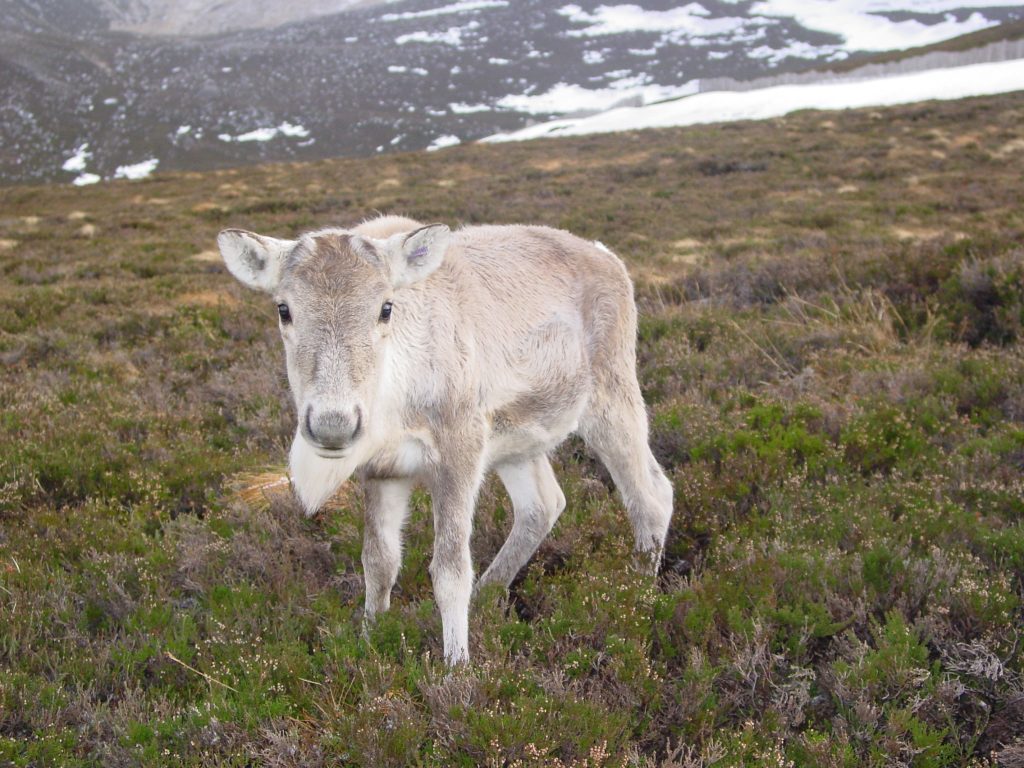
In my first calving season, 2012, Esme was one of the pregnant females who was in the enclosure so we could keep an eye on her when she calved. Being a novice to the world of reindeer midwifery, I would walk out with a more experienced herder and learn the correct way to approach a new mum, how to check over the calf, and how to bring them back in to the herd.
As we neared the end of May, only one female was left to calve – Esme. She was the sweetest of reindeer – calm, docile, and an experienced mum. She was also beautiful, with a silvery sheen to her coat. So when the day came that Esme had left the herd to calve, we spied her with binoculars up on Silver Mount, and Fiona asked if I wanted the honour of going to find her and her new calf. I was apprehensive – What if I didn’t get it right? Or if she wouldn’t let me approach? – but still jumped at the chance. Hiking up from Black Loch onto Silver Mount, the “baby bag” with the essentials on my back, I still remember feeling the nervous anticipation. I needn’t have worried – as I came over the ridge and saw Esme, she looked up calmly and took a couple of steps towards me (well, the bag of food). I scanned around – had she calved yet? – before spotting the tiny bundle of new life at her feet.
I can’t claim to have done everything in a smooth polished fashion, but Esme was the most patient lass ever, standing whilst I fumbled with the headcollar, not quite having the right technique for holding her calf whilst I sprayed his navel, and talking myself through what to do (out loud!). Finally, we were ready, and we proceeded down the hill and back to the “nursery” area of the enclosure. She must have been rolling her eyes at my inadequacy, and I’m fairly sure she did actually yawn a couple of times!
Over the following years, Esme remained one of my favourite females – she was always a friendly face in the herd, dependable and happy to follow a bag of feed to wherever you wanted her to go, and easy to catch if you needed to put a headcollar on her. As she aged, she struggled a little at times to maintain her condition, and we’d slip her extra bits of feed, allowing her to join in when we fed the calves out of the bag. Throughout, she was never pushy, always waiting to be invited, though once her head was in a feed bag it was almost impossible to remove it!
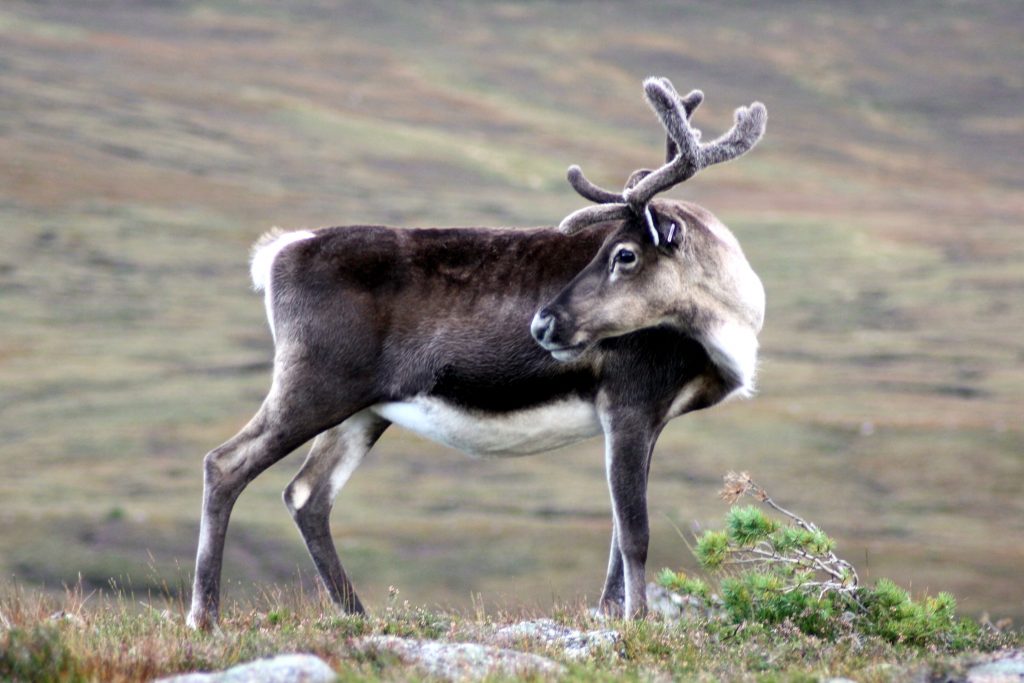
Reindeer, like people, age at different rates, and whilst some of our charges still look in their prime at 13 or 14 years old, by the time Esme was 11 she certainly looked like an old girl. She was also spending more time alone, away from the herd, which isn’t uncommon for the older females – they have the confidence to enjoy their own company, and can sometimes be pushed out by the younger, stronger reindeer. In the 2014/15 winter, Esme was often away from the herd for weeks at a time, off doing her own thing, and there was a memorable day when we spied for the reindeer and saw one lone female marching across the Ciste flats towards the car park. Aware that the rest of the herd were a good distance away in the next glen, we peered through the binoculars trying to work out who it was, finally realising it was Esme!
She seemed delighted to see us, and, wondering if she was looking for the herd, thought we should join her up with them. Whilst we could have hiked over the ridge with her on a headcollar to reunite her with the herd, we wondered if we could save both her energy and ours (of course we were thinking about the fact that she’s an OAP rather than our own tiredness level…) and hop her into the back of the van…
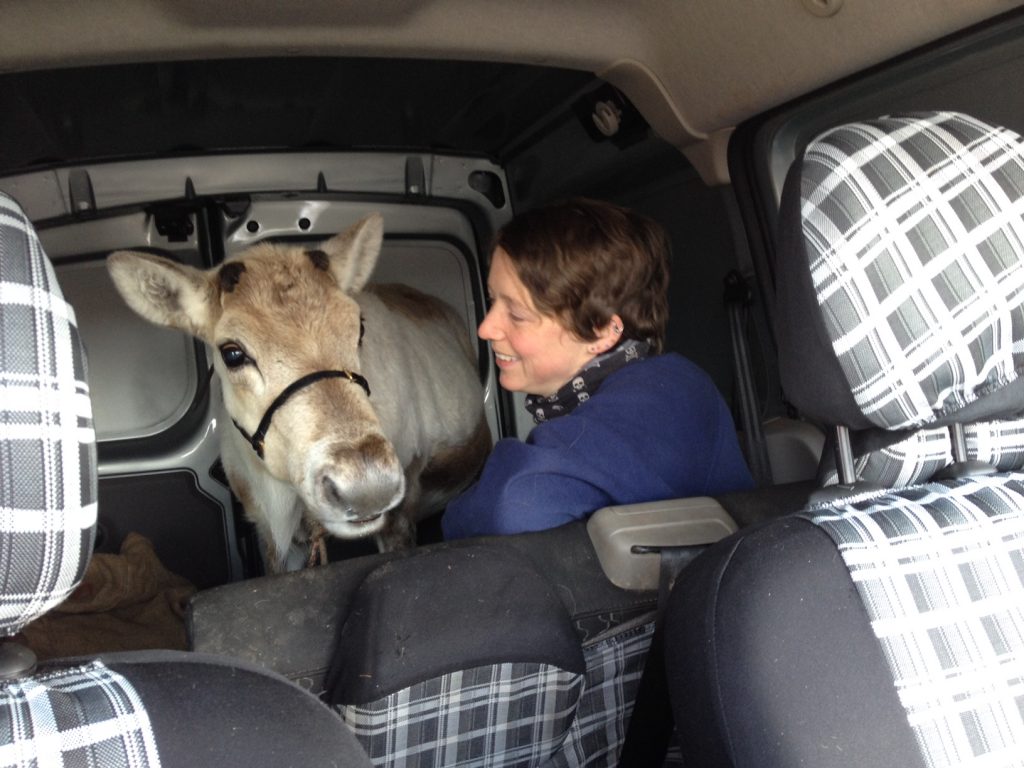
Once we’d popped the back seats down to give her some more room, she gave no objections to following us into the van. She must have thought it was a definite upgrade on the usual trailer, with a much better view, and being allowed to munch her way through a bag of feed enroute was also an added bonus! A short 5-minute drive and it was time to emerge at the other car park nearer the herd. There was a car pulled up with a few people admiring the view, and the last thing they must have expected was for a reindeer to hop out of a van! Esme didn’t bat an eyelid at the whole experience, and was quickly reunited with the herd.
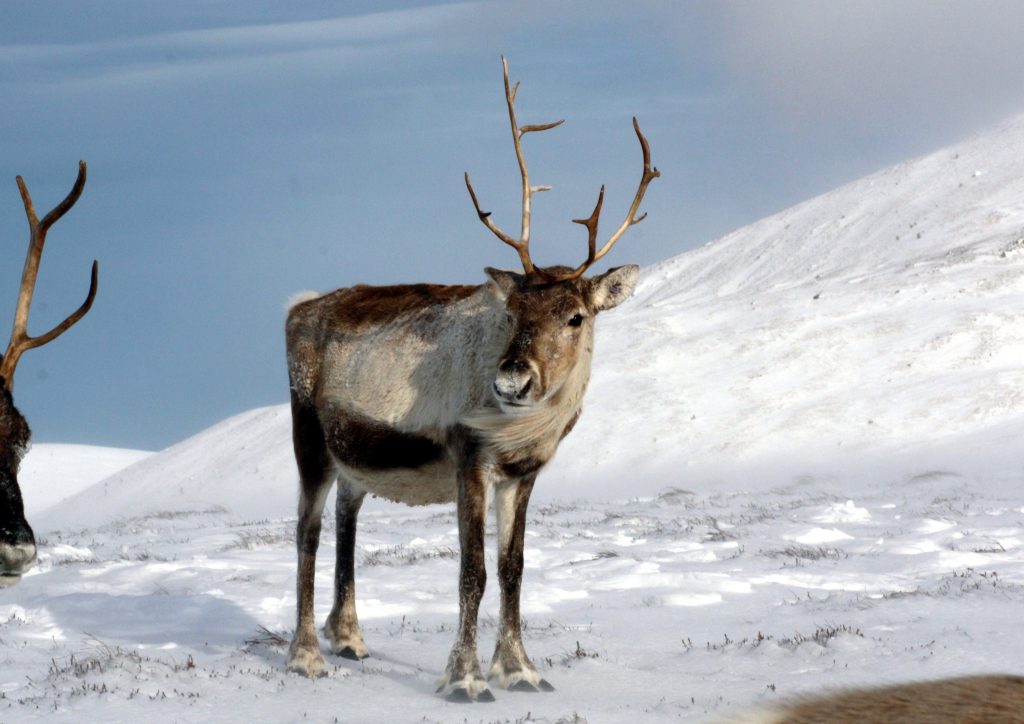
Esme had a good summer that year high on the Cairngorm free range, but when the females started coming down to lower ground in autumn, she was clearly feeling her years. We moved her over to our Glenlivet hill farm, where she could have access to the large straw-filled barn and ad-lib food in the day, with a gentle stroll onto the hill at night, and she settled right in – she was a funny sight – a little old lady amongst all of the big chunky castrates. She also completely won over the hearts of the men at the farm!
One evening, they went to move out the reindeer onto the open hill for the night, and for the first time, Esme didn’t want to go. With no wish to force her, they let her stay in the shed, and slipped her an extra bucket of lichen. In the morning, she had passed away in her sleep, peacefully tucked up in the straw.
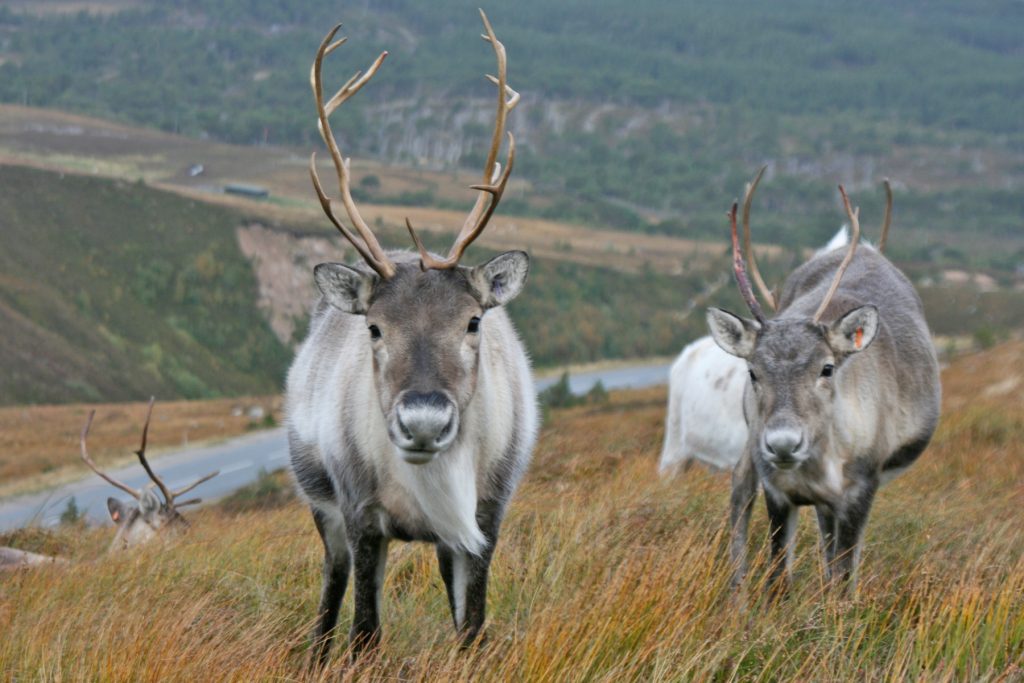
It’s always galling when animals die, but I can’t think of a better end for one of the gentlest reindeer I’ve known. Esme’s family members are still in the herd – her daughter Okapi is a slightly less polite version of her, son Elvis is a dependable but enthusiastic fellow, and sister Sambar is a sweet lass who keeps to herself. All of them share the similar silvery coat colouring, and remind me each time I see them of lovely Esme.
Andi

